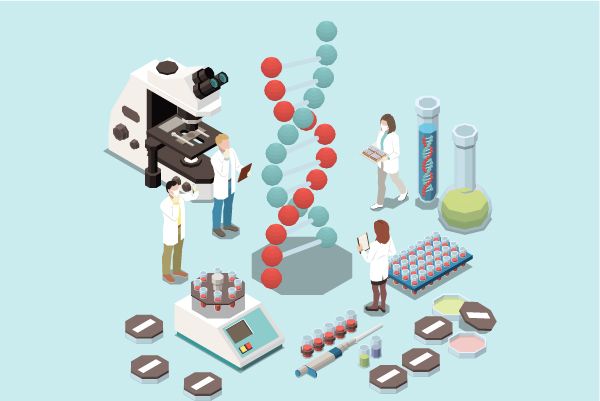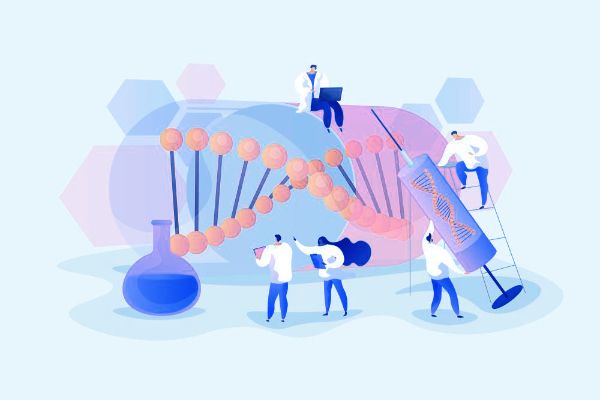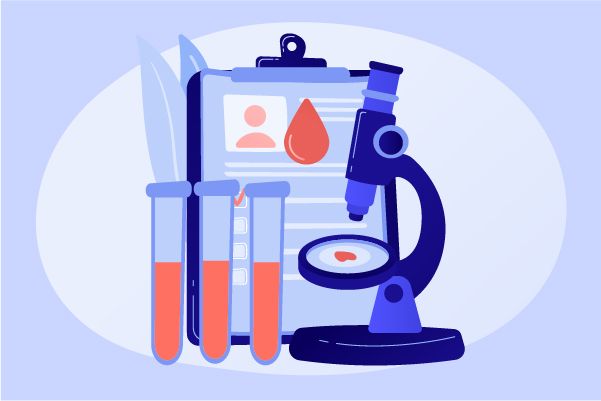What is the difference between sustained-release preparations and controlled-release preparations?
Sustained-release (SR) and controlled-release (CR) preparations are both designed to release medication into the body over an extended period, reducing the need for frequent dosing and maintaining more consistent drug levels in the bloodstream. However, there are distinct differences between the two types of preparations:
Sustained-Release (SR) Preparations
Definition:
- Sustained-release formulations are designed to release the active ingredient slowly over time to maintain therapeutic levels of the drug in the bloodstream for an extended period.
Release Mechanism:
- The drug is released at a slower rate compared to immediate-release formulations. However, the release rate is not necessarily consistent throughout the dosing period. It typically follows a predetermined rate to prolong the effect of the drug.
Purpose:
- The main goal is to maintain drug levels within the therapeutic window for a longer duration compared to immediate-release formulations. This helps in reducing the frequency of dosing.
Examples:
- Common examples include certain oral tablets and capsules that gradually dissolve in the gastrointestinal tract.
Controlled-Release (CR) Preparations
Definition:
- Controlled-release formulations are designed to release the active ingredient at a predetermined, controlled rate over an extended period. This can be more precise than sustained-release, ensuring a consistent and predictable release profile.
Release Mechanism:
- The drug is released at a consistent, controlled rate, often designed to match the body's absorption rate. This ensures a more stable and predictable drug concentration in the bloodstream.
Purpose:
- The primary goal is to provide a constant release of the drug, resulting in stable blood levels and prolonged therapeutic effects. This helps to minimize peaks and troughs in drug concentration.
Examples:
- Examples include certain transdermal patches, osmotic pump tablets, and some advanced oral formulations that use specific technologies to control the release rate.
Key Differences
Release Consistency:
- Sustained-Release: May not have a uniform release rate; the release can slow down as the drug concentration decreases.
- Controlled-Release: Designed to have a uniform, consistent release rate throughout the dosing period.
Predictability:
- Sustained-Release: Less predictable release profile, though it still extends the duration of drug action compared to immediate-release.
- Controlled-Release: More predictable and precise release profile, maintaining steady drug levels in the bloodstream.
Technological Complexity:
- Sustained-Release: Often less complex in formulation technology compared to controlled-release.
- Controlled-Release: Typically involves more advanced technology to ensure a precise and controlled release rate.
Conclusion
Both sustained-release and controlled-release preparations are designed to improve the convenience and effectiveness of medication regimens by extending the release of the active ingredient. Sustained-release formulations focus on prolonging the drug release, whereas controlled-release formulations aim for a consistent, controlled release rate to achieve stable blood levels. The choice between the two depends on the specific therapeutic needs and the pharmacokinetic properties of the drug.



